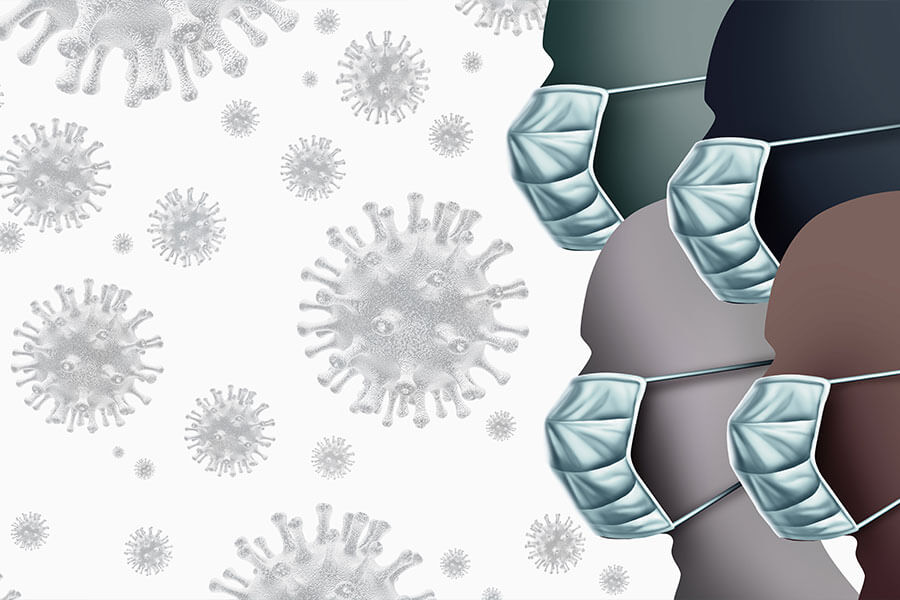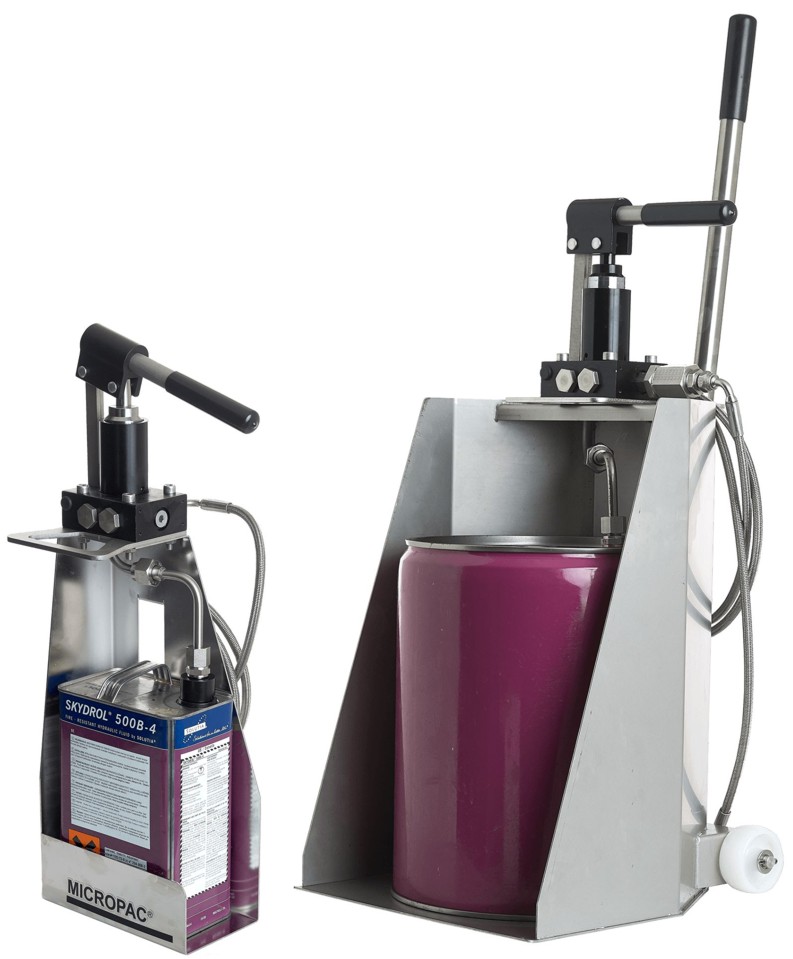Do you need to anodise, plate or paint your vulnerable metal components? Sarum Hydraulics shares its expertise, with 5 finishing processes you need to be extra careful with:
1. Any component or process where an air bubble inevitably lodges up inside. You obviously can’t process it properly. Total disaster!
2. Anodising. When you design it, call up any surfaces that definitely don’t want jig marks on them. All rather late once anodised. And just be careful of “stripping” anodising. A non caustic strip will be more forgiving on threads and features, but I really don’t think you want to be stripping anodising.
3. Electroless nickel plating. Maybe unlucky, but we have never had great success.
4. Hard chrome plating or any finishing processes where parts need grinding pre and post plating. The parts are damaged. A blames B, B blames C, And so it goes on. Either use a one stop shop so it is one person’s problem or get customer transit packaging made and inspect it yourself 100% and sign it off between each stage.
5. Anything where your drawing has not told the plater properly what is important and what not. Anything where you have not really understood how the process works? Is it additive or a conversion process, or somewhere in between? If the guy needs to hold the part which involves certain surfaces being masked, have you discussed this and described it on the drawing? It may have a trade name which you have called up on the drawing, but can generic details be added to describe what you are really asking for.
Remember: ALWAYS send a drawing with every part that goes on a plating order. The shop needs to be able to identify the part. A note on every drawing saying handle with care is “also” a must. Keep in mind that imprecise information may be perfectly OK for ages then suddenly out of the blue, parts come in that are scrap or don’t work properly.
I am sure that there are lots more. As always, comments welcome.





Leave A Comment